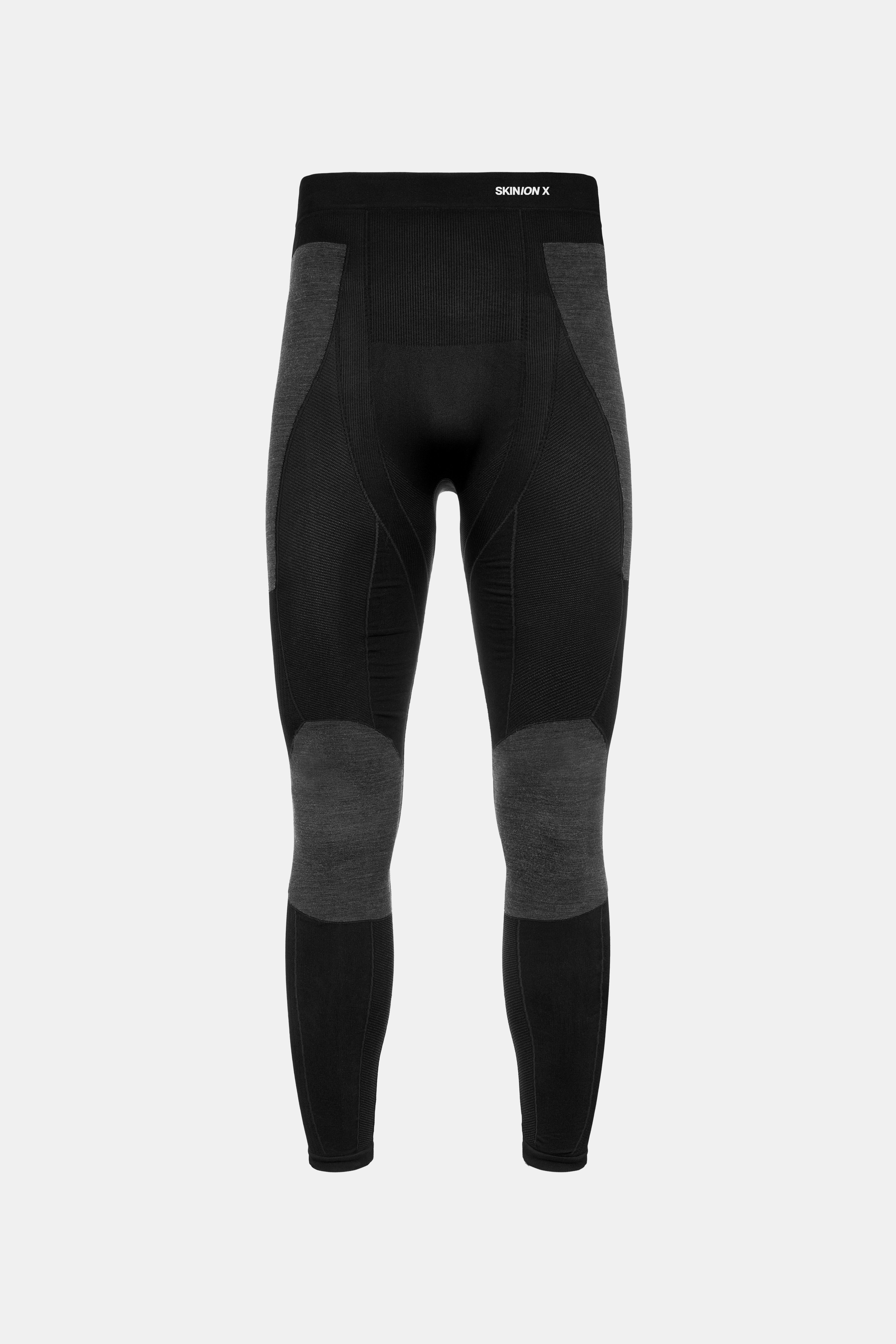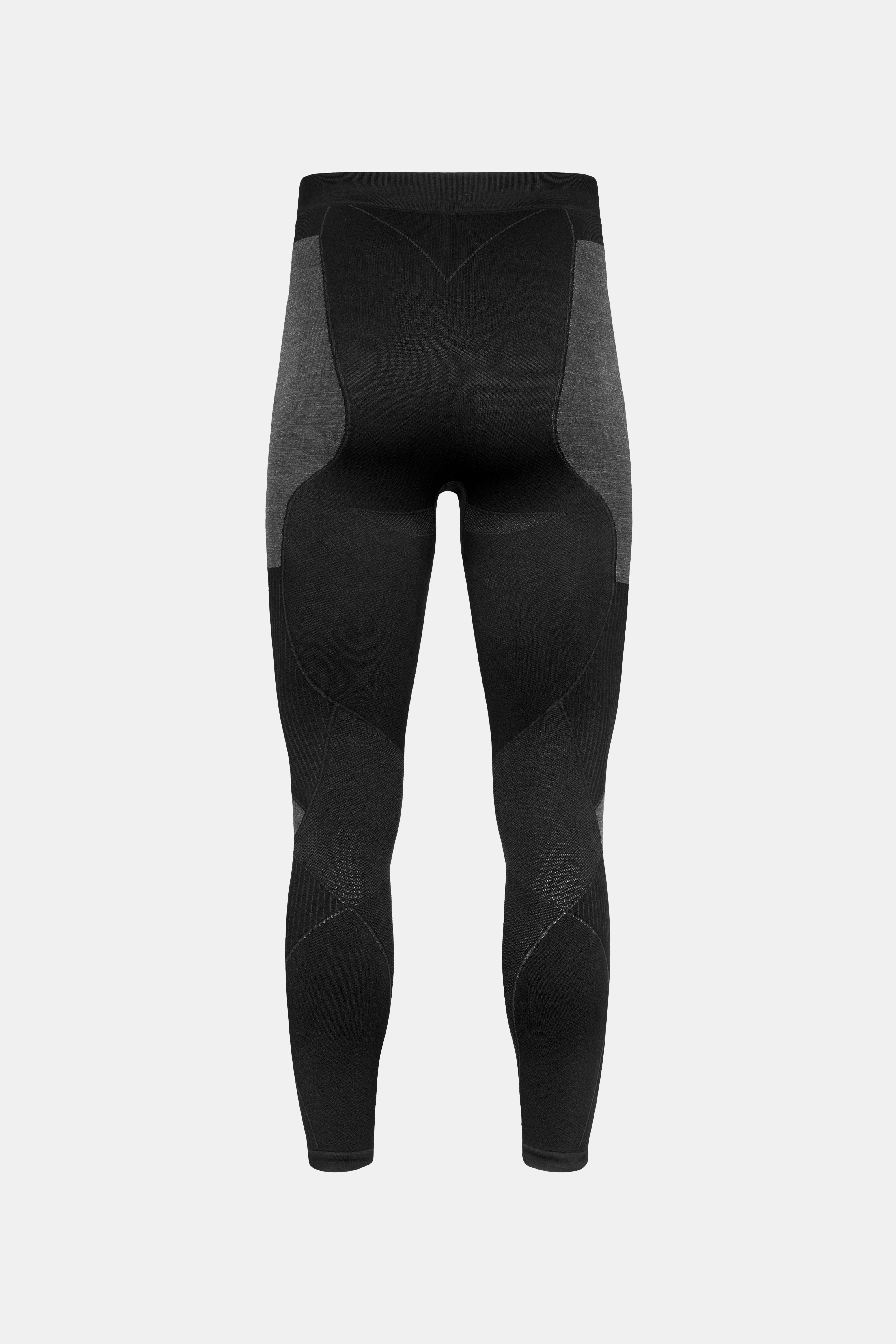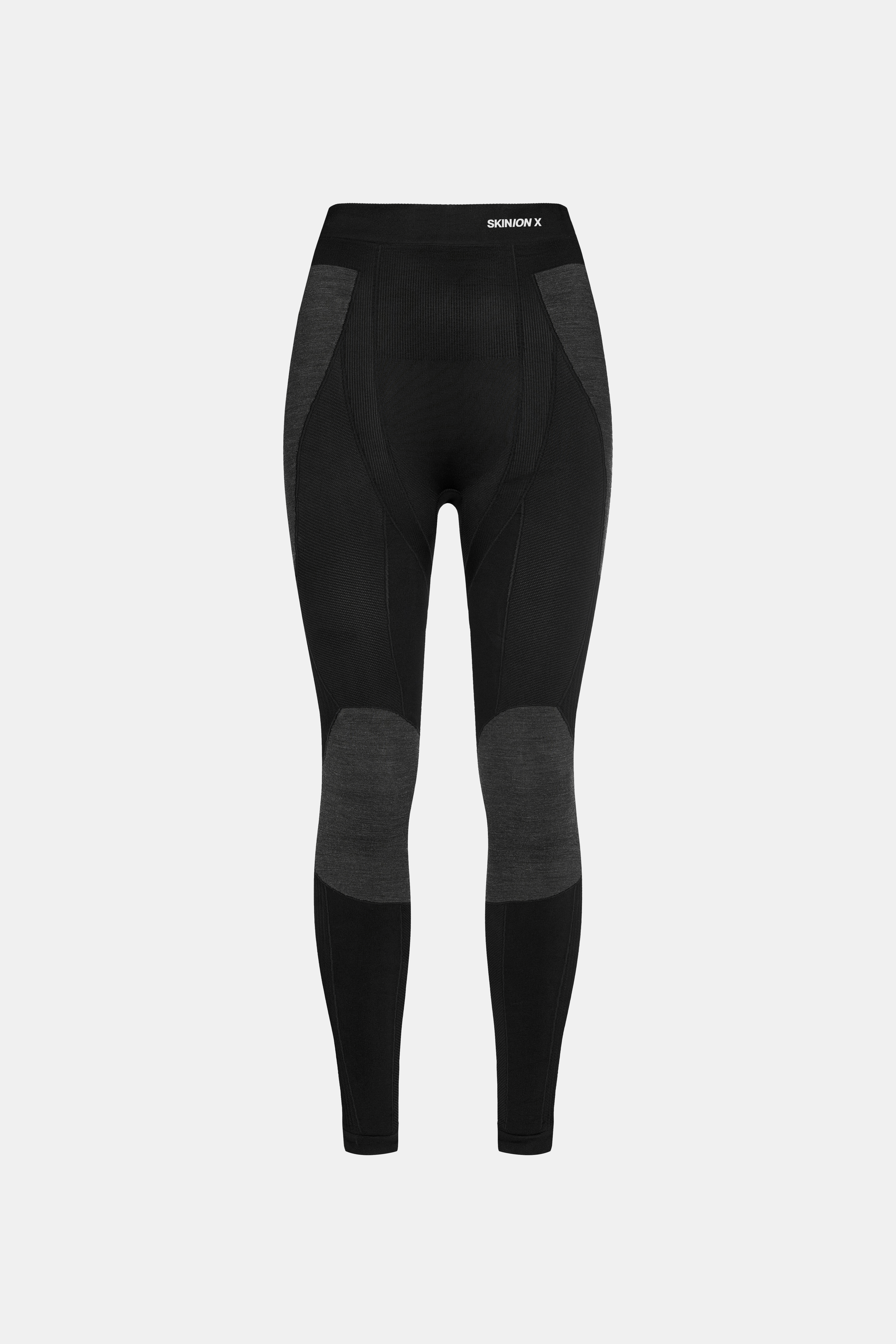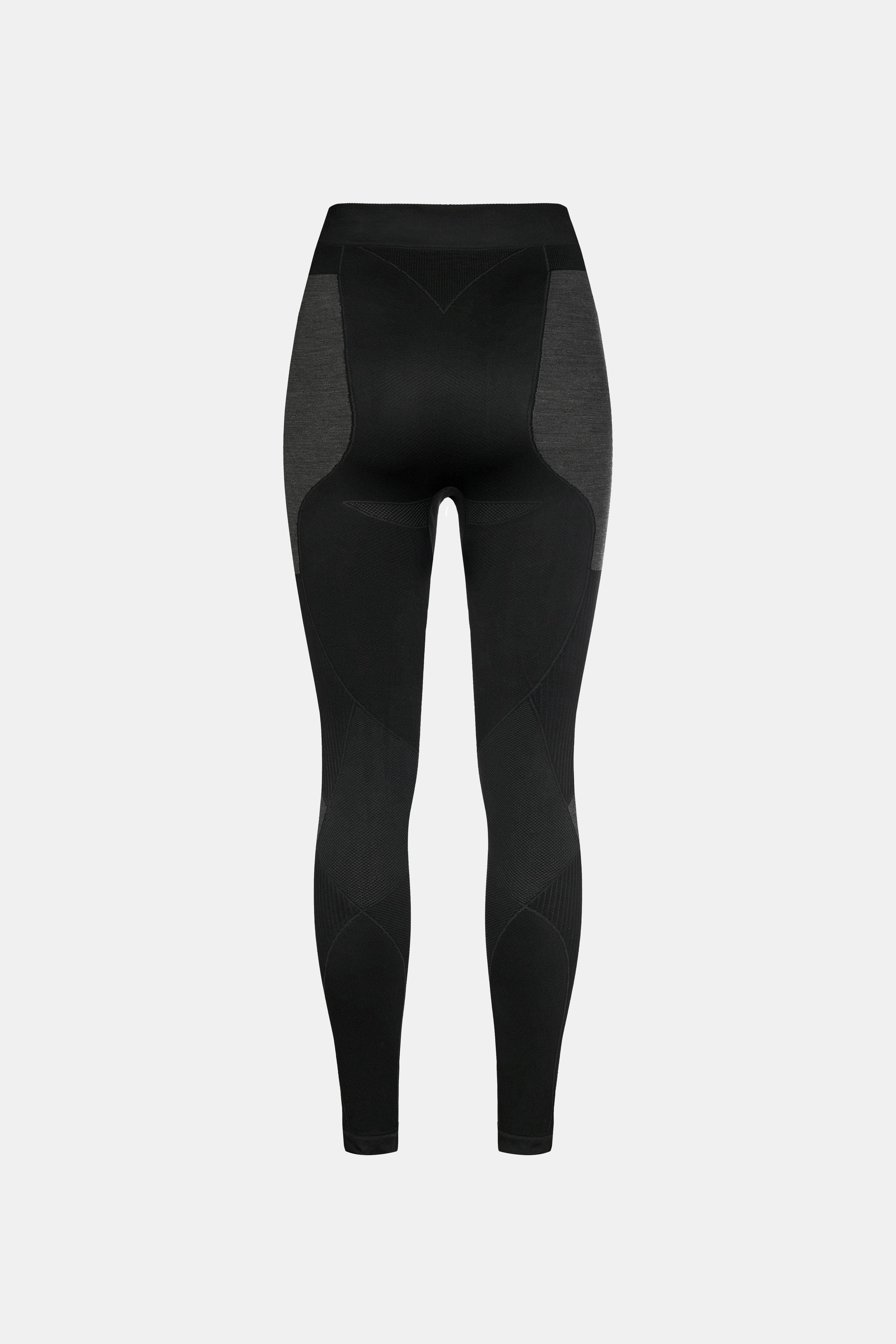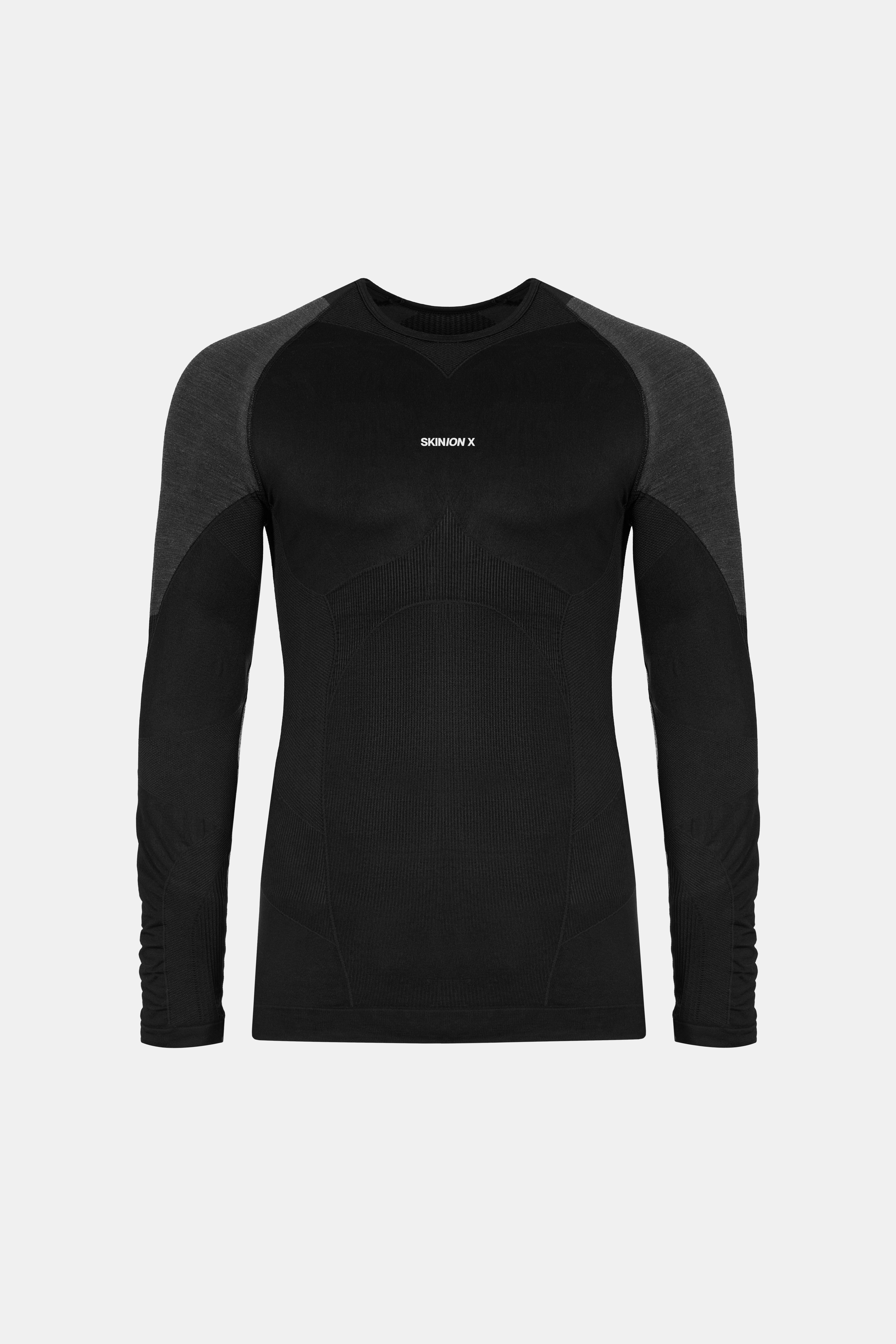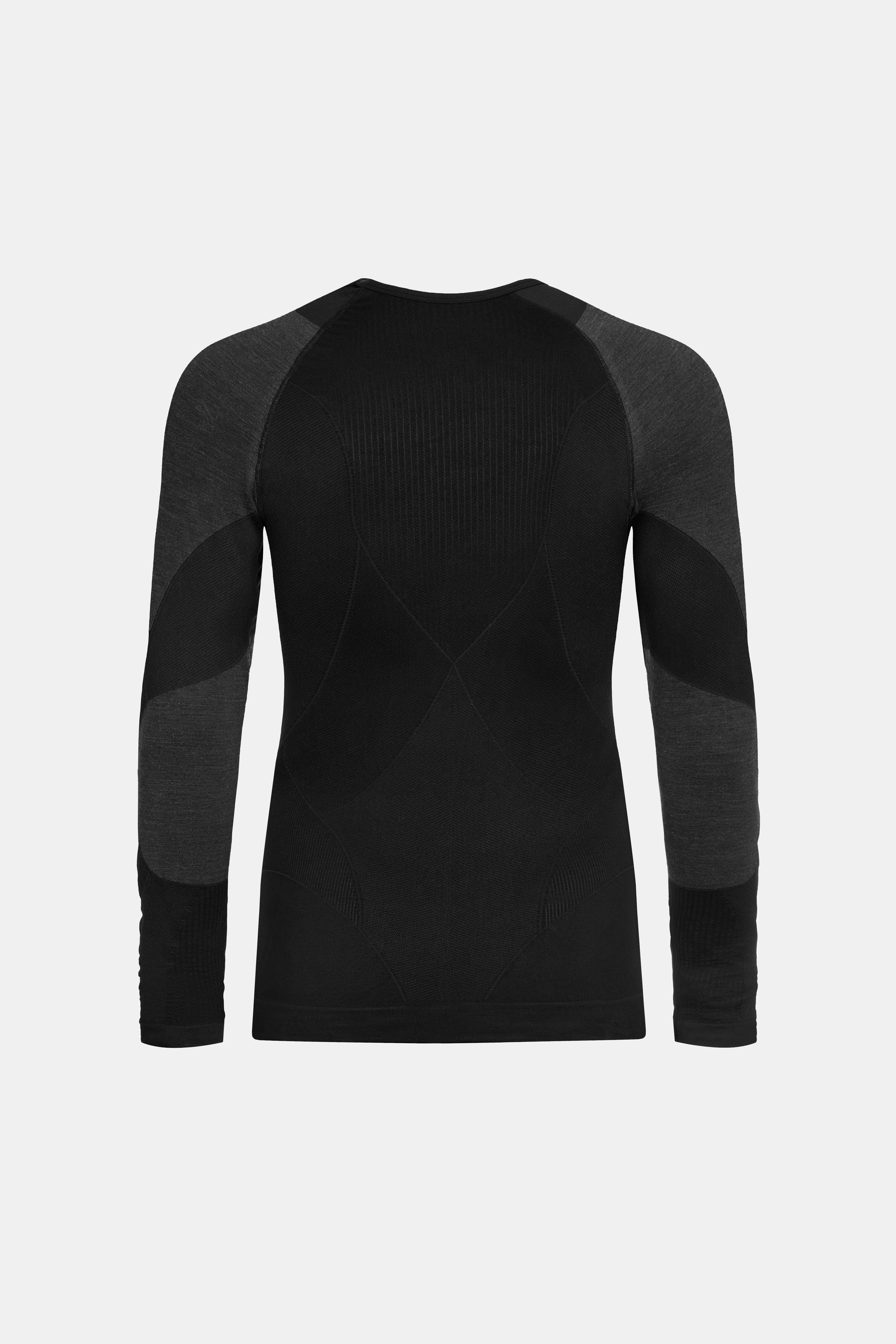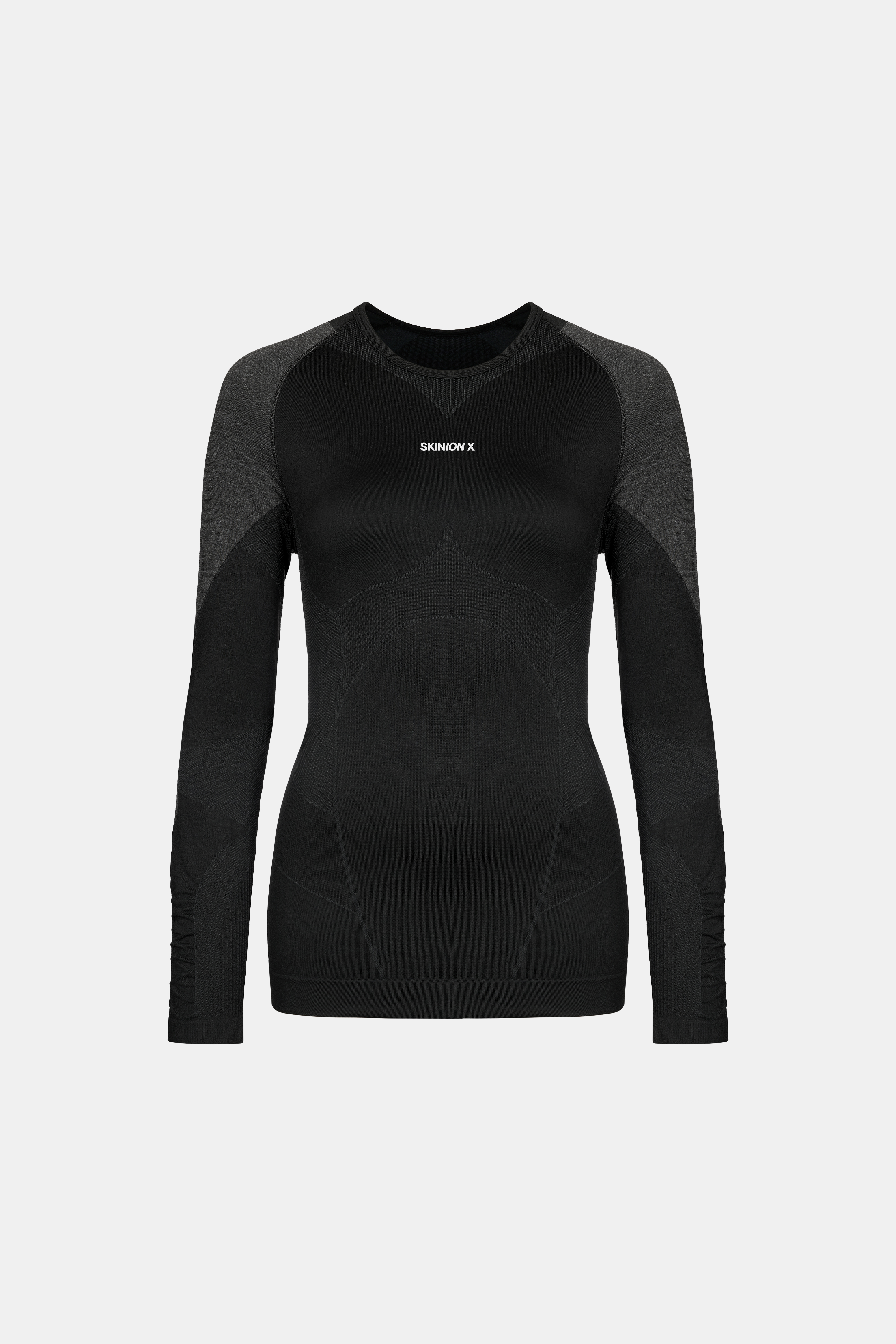An architecture that protects the skin
Our experience in medicine and textile engineering shows that skin is a complex organ: it regulates temperature, responds to pressure and friction, and forms a barrier against the environment. The layer that sits directly on top – the First Layer – influences thermophysiological behavior, biomechanical interaction, and barrier function. If this layer is knitted randomly, no controlled function can develop. This is exactly where the H3D Knitting System® on.
Architecture, not chance: What the knitting system delivers
Even the most advanced fibers lose their performance if not processed with the right knitting logic. If the knit is too dense, heat builds up and the skin can macerate; if too open, cold bridges and uncontrolled evaporation occur. A non-zoned structure causes pressure points exactly where the body is most sensitive. The knitting system thus becomes a Function code of the textile – it defines the three-dimensional mesh architecture, controls air and moisture transport, and determines the mechanical surface properties. Without a knitting system, performance is random; with a knitting system, it becomes predictable and reproducible.

H3D Knitting System®: Three-dimensional precision from R&D
After more than 20 Years of research have led us to H3D Knitting System® developed – a patented, three-layer knit architecture that allows for planned functionality in the first layer. Three elements are crucial here:
-
Zoned structuresDifferent knit densities create zones for heat retention, cooling, and pressure relief that adapt to the body’s physiology.
-
Seamless constructionSeamless transitions eliminate pressure points and chafing—an essential advantage for long wear times.
-
Material flexibilityH3D® is material-agnostic. We can integrate high-performance abrasion and cut fibers (H-Pro®), medically tested yarns (H-Med®), or sport-optimized fibers (H-Care®).
This architecture forms the framework for our H-PEA® glide fiber: an extremely smooth, polyethylene-based fiber with high abrasion and cut resilience. In the H3D® knit logic, it’s used as the layer closest to the skin for gliding, topped by a transfer layer for moisture wicking and a robust support structure for shape retention. The result is a system that controls micro-movements, distributes pressure, and protects the skin barrier.
Measurable results: what labs and climate chambers show
We didn’t just want concepts—we wanted measurable results. That’s why we test H3D® prototypes in climate chambers from −5 °C up to +35 °C and 30–80 % relative humidity. The results are clear:
-
Up to 40 % faster drying time than standard knits made from identical fiber bases.
-
Up to 80 % faster drying time compared to warp knitting.
-
Significantly reduced skin irritation under long-term stress, measured by erythema score and transepidermal water loss (TEWL).
-
Consistent functionality after over 50 wash cycles – the microclimate performance remains stable.
In parallel, H3D® materials are tested by independent testing institutes. In the Abrasion testing according to EN 17092-1 (Darmstadt method) The Rhein-Main Test Center simulates a motorcycle crash: The translational slide of a real accident is converted into rotational movement; depending on the safety class, the material must withstand different initial speeds. H3D® samples with H-PEA® glide fiber pass these tests – demonstrating controlled sliding and wear behavior.
For the Cut resistance DIN is used EN 388:2019 is used, which integrates the ISO-13997 test (Newton measurement). Cut protection classes range from A (2 N) up to F (30 N); our double-layered samples achieve medium indices (2–4). This provides durable cut resistance without sacrificing flexibility.

Expertise from research and practice
Our expertise is no accident. It comes from dermatological research, textile development, and countless prototypes. Every zone in the H3D® system, every glide fiber, and every transfer layer have been tested, discarded, adjusted, and tested again. Throughout, our guiding question remains the same.: How do we best support the skin in everyday life and protect it in an emergency, without sacrificing comfort?
The result is a first-layer system that feels like a lightweight shirt but delivers highly complex functions behind the scenes. It uses textile architecture to combine protection, microclimate regulation, and freedom of movement—a concept that convinces both physicians, sports scientists, and PPE developers alike.
Looking ahead: Research as an ongoing dialogue
The development of the H3D® knitting system doesn’t end with certification. We continue to work on new zoning, efficient yarn combinations, and sustainable production. Our tests are transparent, and our methods are traceable. Trust is built through verifiable testing—not marketing language.
Anyone wearing our products can feel the result of this journey: fabrics that breathe, protect, and feel like a second skin. They are the result of a passion for textile engineering that doesn’t end with the material, but begins with the knit itself.




